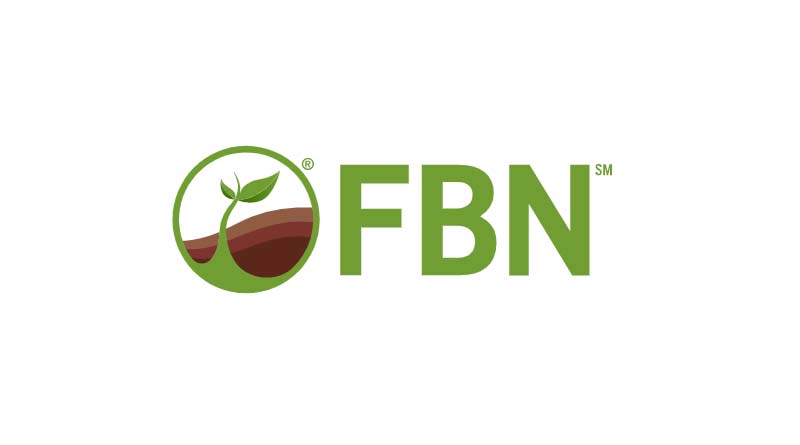How to Manage Fusarium Ear Rot in Corn
30 December 2023, US: Fusarium ear rot is a fungal disease triggered by the pathogen Fusarium verticillioides. This fungus, which primarily targets corn kernels, can lead to an overall decrease in yield and grain quality.
While Fusarium ear rot primarily targets the kernels, it can also damage other parts of the corn plant. The stalks may become weak and prone to lodging, while the leaves may show signs of premature senescence.
The infection can interfere with the plant’s normal metabolic processes, leading to reduced photosynthesis and nutrient uptake, resulting in stunted growth and reduced yield. Additionally, the mycotoxins produced by the Fusarium verticillioides fungus can harm the plant’s health and vitality. These toxic compounds can disrupt the plant’s cellular functions, causing further damage and stress.
This post will outline:
- How to identify Fusarium ear rot
- Regions typically affected by Fusarium ear rot
- Timing of Fusarium ear rot
- How to chemically manage Fusarium ear rot
How to Identify Fusarium Ear Rot
Fusarium ear rot presents as a white to pink or salmon-colored mold on the corn kernels. The mold typically starts at the ear tip and progresses towards the base. Infected kernels may appear bleached or display a starburst pattern, with white streaks radiating from the kernel center.
Aside from visible mold and discoloration, Fusarium ear rot can be identified by the presence of mycotoxins, specifically fumonisin. These toxic compounds can pose a significant threat to livestock if consumed in large quantities.
While visible signs provide an initial indication, laboratory testing offers the most reliable method to confirm Fusarium ear rot. This process involves analyzing infected kernel samples for the presence of the Fusarium verticillioides fungus and its associated mycotoxins.
Geographic Impact of Fusarium Ear Rot
Fusarium ear rot is a global issue, affecting corn crops in many parts of the world. However, it is more prevalent in regions with warm and humid climates, such as the southern United States and parts of Africa and Asia.
Timing of Fusarium Ear Rot
Fusarium ear rot typically manifests in the late growing season, particularly during the corn’s reproductive stages. Stress conditions such as drought, insect damage or poor nutrition can exacerbate the disease.
How to Manage Fusarium Ear Rot in Corn
To chemically manage Fusarium ear rot in corn, consider using GCS Azoxy 2SC. This fungicide contains Azoxystrobin and is approved for use on Fusarium ear rot.
Application rates for GCS Azoxy 2SC can vary depending on the crop. For corn, the typical application rate is 12 oz/ac, with a range of 6-15.5 oz/ac. Always follow the label instructions and consult with your local agricultural extension or a certified agronomist for specific recommendations based on your field conditions and the severity of the Diplodia stalk rot. More information about the product, including the label and safety data sheet, is available here.
Also Read: Farmer must learn to market his produce: Vice President Dhankhar
(For Latest Agriculture News & Updates, follow Krishak Jagat on Google News)















